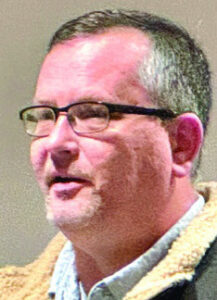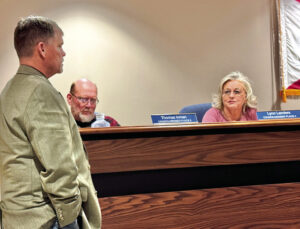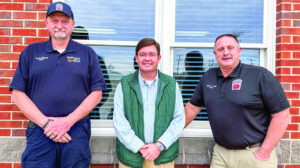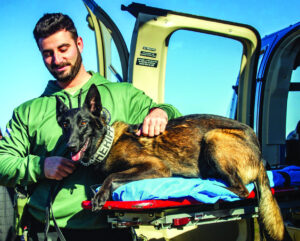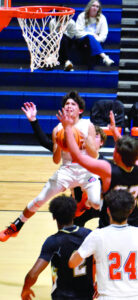Attract birds, butterflies with these tips
A lot of folks might not realize the diverse bird populations right here in Franklin County. Russellville resident Dianne Pace, a children’s book author, artist and retired teacher, spends a lot of time making sure her backyard visitors have what they need and like – and over the years, she has learned plenty of tips to share on this topic.
Among the native species of backyard birds in this area are Carolina wrens, house wrens, black cap chickadees, eastern bluebirds, blue jays, the tufted titmouse, and, in winter, juncos.
Other seasonal birds include the rose-breasted grosbeak and the summer tanager.
Woodpeckers in the area include the pileated woodpecker, downy woodpecker and red-headed woodpecker. The yellowhammer, Alabama’s state bird, has also been spotted.
Other birds common to Franklin County include fly catchers, catbirds and cowbirds.
Here are some things to keep in mind when deciding what to provide backyard friends – birds as well as butterflies.
1. Among the flowers that attract birds are coreopsis, or tickseed; Rudbekia, more commonly known as black-eyed Susan, which is especially popular among goldfinches because of its seed; Solomon’s seal; wood anemone; and wood trillium. Birds are especially fond of the native bush American beautyberry.
2. Try having a wildflower bed as well as having wildflowers scattered around the yard.
3. Birds and butterflies are both attracted to the purple coneflower, purple phlox and sweet shrub.
4. Mayapple, arrowhead plant and bee balm are other possibilities. Planting all three can be beneficial, as they bloom at different times.
5. Running water is important for birds, so consider having a fountain.
6. Hummingbirds are fond of hummingbird bush, and butterflies love butterfly bush.
7. Enjoy watching backyard visitors, but remember they are skittish guests.
8. At a feeder station, consider including suet and black oil sunflower seeds.
9. Use a bird net to prevent the birds from eating any berries you’d prefer to save for human consumption.
10. Oak leaf hydrangea, native to this area, is a good shrub for attracting birds.
11. Buckeye is another native bush that attracts birds. Hummingbirds especially love the bright red bloom.
12. Monarch butterflies are attracted to orange milkweed, what some people call butterfly weed, and monarchs prefer to lay their eggs on it.
13. Those who have hummingbird feeders need to make sure the nectar in them is fresh, and other types of bird feeders also need to have fresh food and to be cleaned correctly and frequently.
14. Birds carry diseases. Pine siskins, for example, which are plentiful in this area, carry salmonella. Change feeders often and periodically wash feeders really well. Pace advises consulting the Audobon Society guidelines to be sure what the best practices are.
15. Try putting out bluebird boxes.
16. Birdwatching? You might see doves nesting in a magnolia tree, robins nesting in trees and shrubs or redbirds nesting low to the ground.
17. Birds of prey, such as a Cooper’s Hawk, can be a danger to backyard birds. They might hang out near feeders and help themselves to birds. Backyard birds will take cover and be quiet if they notice in time. Other possible dangers to birds include neighborhood cats.
18. Place feeders near a wooded area so birds have some cover to hide from dangers.
19. For tips on how to discourage birds from flying into your windows and getting hurt or killed, check any number of reliable sources online.
“We have a diverse, beautiful variety of birds and butterflies that can be seen in our area,” said Pace. “For those starting out in the journey to make their yards more friendly for them, it can seem like a daunting task; however, many wonderful resources are available online and in books. Don’t feel like you have to learn everything overnight.
“Don’t forget to have fun along the way as you make your backyard a safer and more enjoyable environment for the birds and butterflies we are fortunate to have here.”


